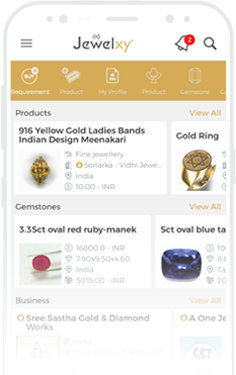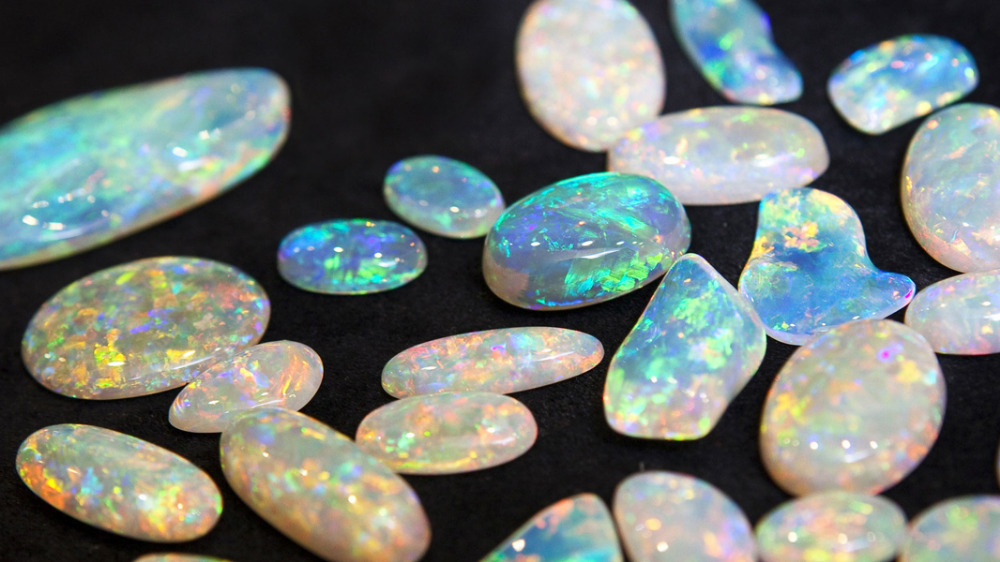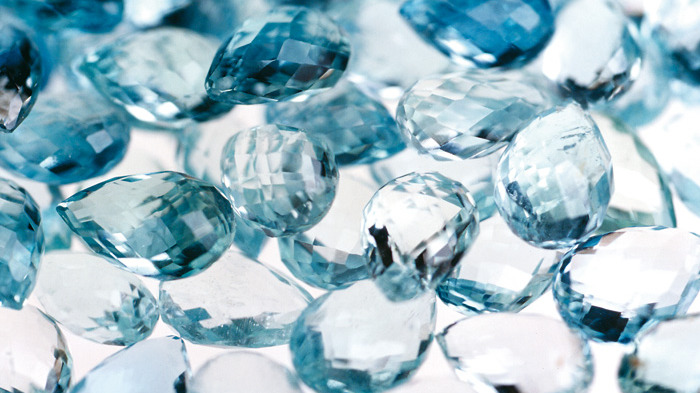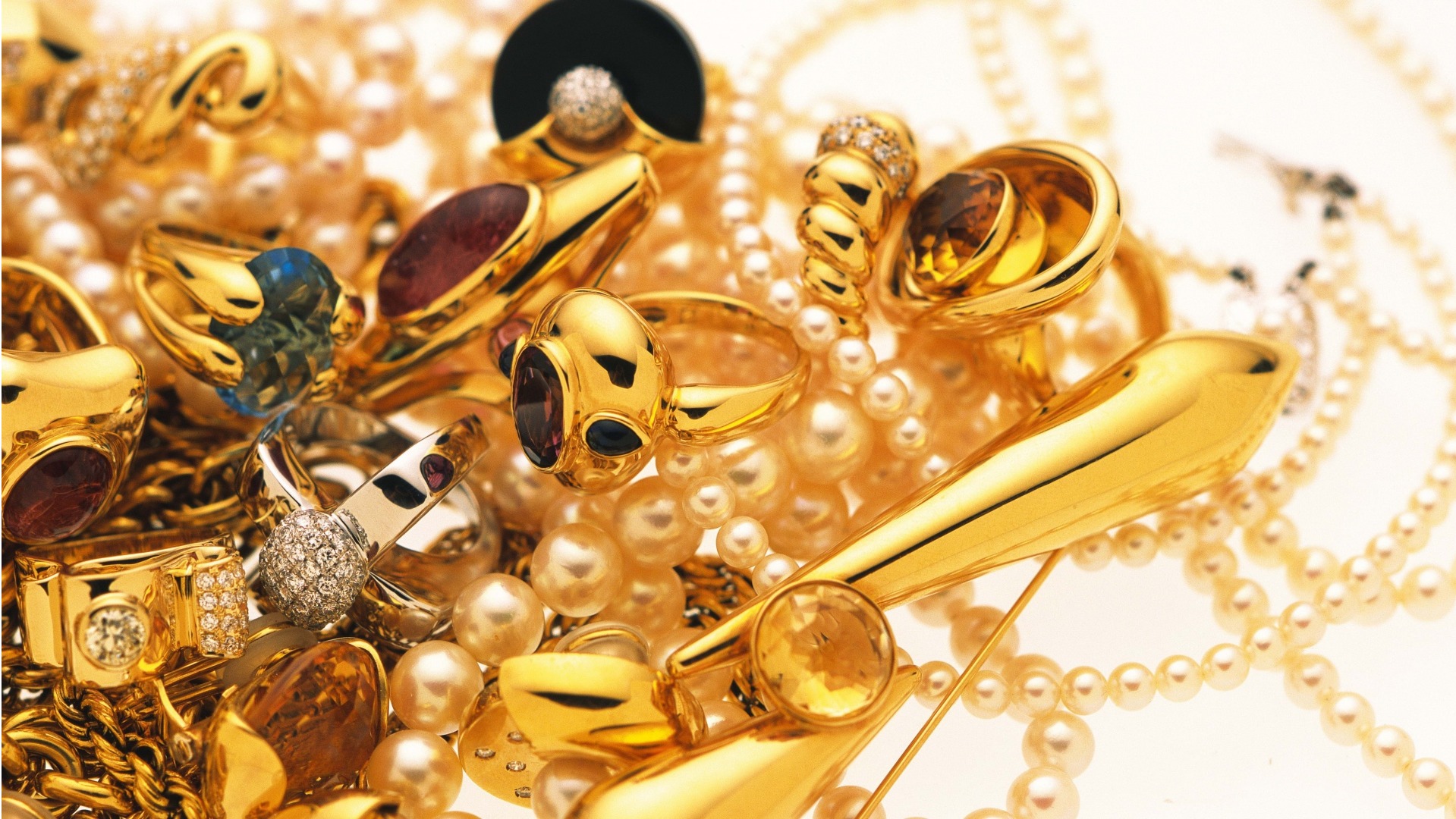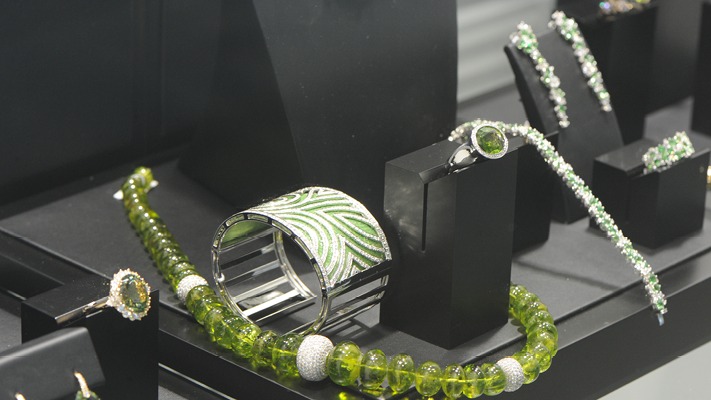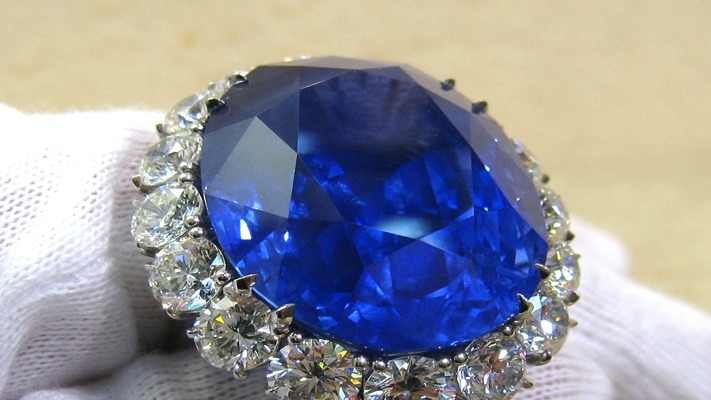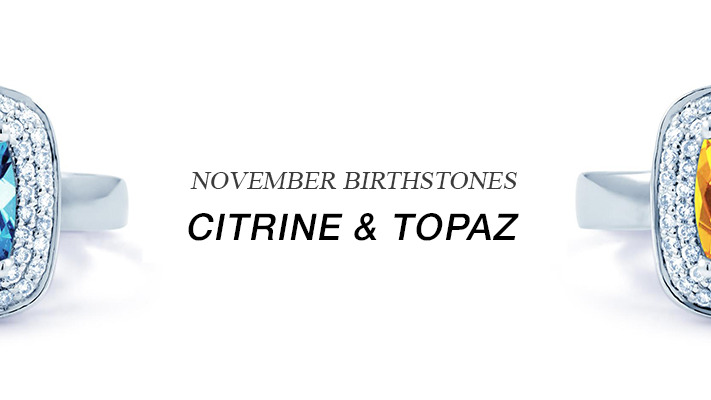Know your Pearl: Features, Types and Quality
Jewelry Guide
Jewelry Guide | By: Mansi
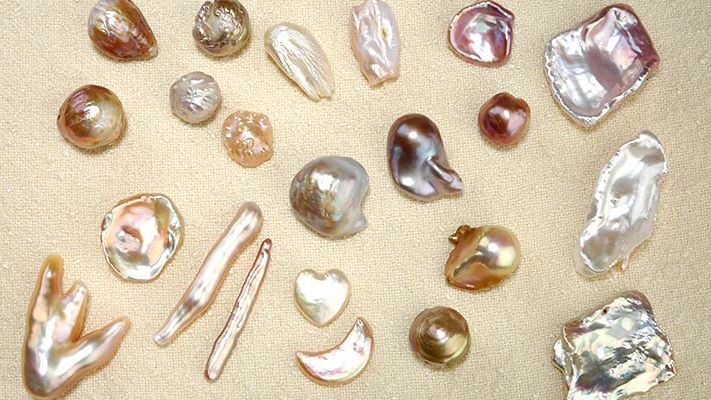
Pearl is the only natural gemstone that is created by a living object – an oyster and rest others are crystals. This is one of the reasons why pearls are so special. For a very long time, pearls were extracted from the bottom of the ocean.
The most famed pearls of the history were from Bahrain as it had got the highest reserve of natural pearls. That was until a deposit of mineral oil was discovered in 1930. After that the supply ended because of increase in population level in the sea and unrestricted harvesting of oysters for food consumption.
The last natural reserve of pearls can be found now in India where in some parts the traditional methods of pearl diving still exists but mostly as a hobby.In 1893 KokichiMikimoto artificial way of pearl cultivation was discovered in Japan and after that pearl became affordable and available to the mass. At present, the pearls available in the market majorly come from Japan, Indonesia, Myanmar, Australia, India, China, Philippines and Tahiti. Price of a pearl depends on its place of origin, size, shape and luster.
Types of Pearls:
There are different types of pearls available in the market. Mostly these are categorized based on their place of origin. Below mentioned are some of the varieties.
- South sea pearls: Their distinctive size separate them from the rest of the pearls available. South sea pearls are the largest and also rare. These pearls come from Australia, Myanmar, Indonesia, and islands of South Pacific.
- Freshwater pearls: Freshwater pearls are cultivated in mussels. Nowadays, freshwater pearls are the most available and popular type of pearls.
- Akoyapearls: These classic cultured pearls come from China and Japan. These pearls are highly valued for their lustre. Most Japanese Akoya pearls are white or cream in colour. Some may have yellow, pink or blue hue.
- Tahitian pearls: The naturally occurring black Tahitian pearls are extremely rare and therefore highly valued. These pearls come from Black Lipped oyster or PinctadaMargaritafera.
The value of a pearl differs based on its origin, shape, size and lustre. Freshwater pearls are most affordable and are widely available. But even if you are buying freshwater pearl, it is important to understand different aspects of a pearl that determine its quality.
Understanding Pearl Quality
Pearls are unique among gemstones in that they are natural, organic products of living creatures, so they have different grading standards. In total, there are six factors to determine the quality, value, and beauty of pearls: nacre, luster, surface, shape, color and size.
Nacre
Nacre is the natural substance that mollusk secrete. This beautiful iridescent material that lines the inner surface of the mollusk shells, aptly named mother of pearl. Nacre thickness is a quality characteristic only applied to saltwater, bead-nucleated pearls. However, it is not applied to Keshi pearls or freshwater pearls as both are composed of solid nacre.
Luster
Luster is the measure of quantity and quality of light that is reflected from the surface of a pearl. The luster of good quality pearls is sharp and bright. One can see the reflection clearly on the surface of a pearl. Any pearl that appears too white, dull or chalky, is of low quality.
Surface
The cleaner the surface of the pearl, the more valuable it is. There shouldn’t be any disfiguring spots, bumps or cracks on the surface of a pearl.
Shape
A perfectly round pearl is very rare. The rounder the pearl, the more valuable it is. Baroque pearls are not symmetrical in shape, and can be lustrous and appealing, but will typically cost less than round pearls.
Color
Pearls come in a variety of colors, from white to black and every shade in between. It is critical to distinguish between color and overtone. Naturally occurring colors are white, champagne, aqua, green, golden, and black. Choosing an overtone however is a matter of taste.
Size
In general, the larger the pearl the more valuable it is! Pearls are measured by their diameter in millimeters. There are South Sea pearls as large as 20 mm have been found. When all other quality factors are equal, the size of a pearl is considered to determine its value. The average pearl sold today is between 6.5 mm and 7.0 mm.
There are many alternatives available to opt for a pearl but you must know your pearl before you choose it!
